The production of kerosene directly from carbon dioxide and water promises to be a game-changer in the energy field.
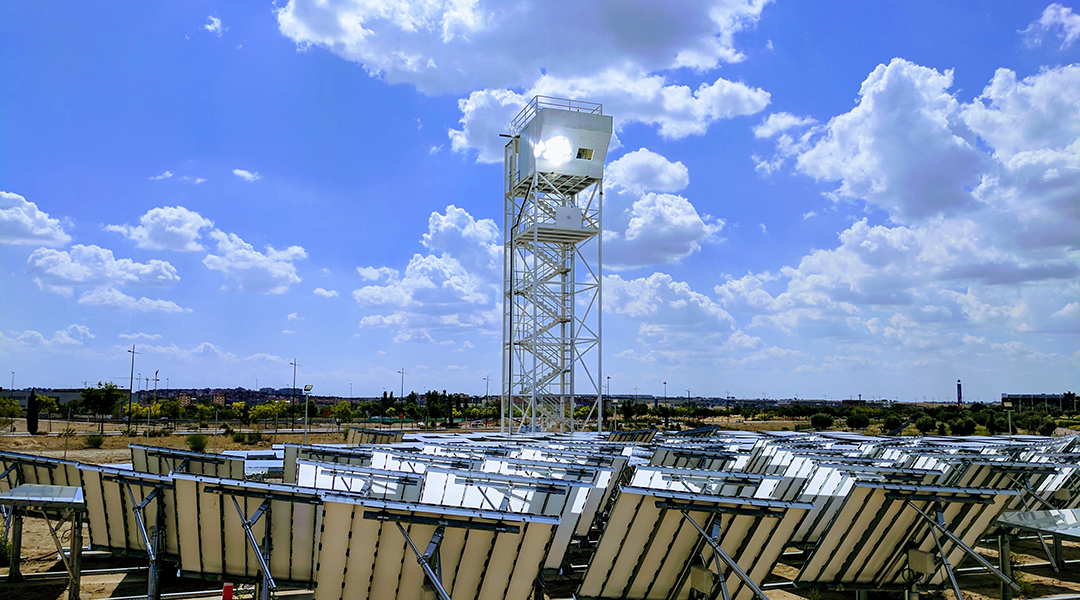

The production of kerosene directly from carbon dioxide and water promises to be a game-changer in the energy field.
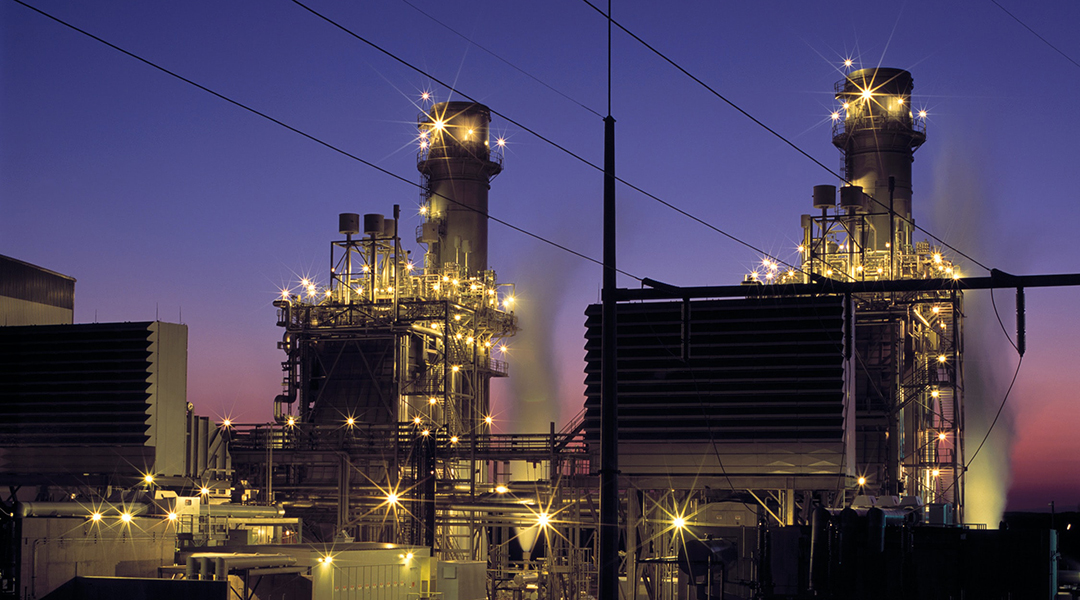
An MOF filters methane, nitrogen, and carbon dioxide from natural gas with record-breaking selectivity under practical conditions.

How big vats of sand could be a key to a sustainable future.

Unique enzymes found in the gut of sugarcane-eating capybaras could help convert agricultural waste into low-carbon biofuels.

Chicken feathers enhance the quality of biogas produced from human waste, allowing impoverished communities to generate their own power.
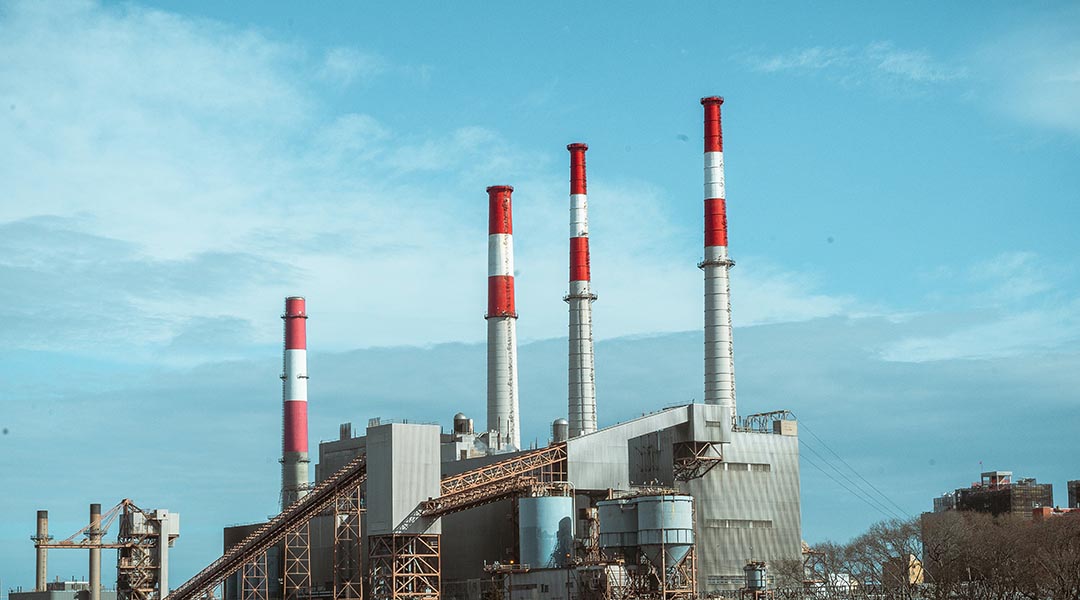
Decarbonizing the chemical industry is possible, provided decreases in the cost of solar energy and increases in LED efficiency continue.

An innovative new gravity storage system with an “elevator” style building design is a viable solution to global grid-scale energy storage.
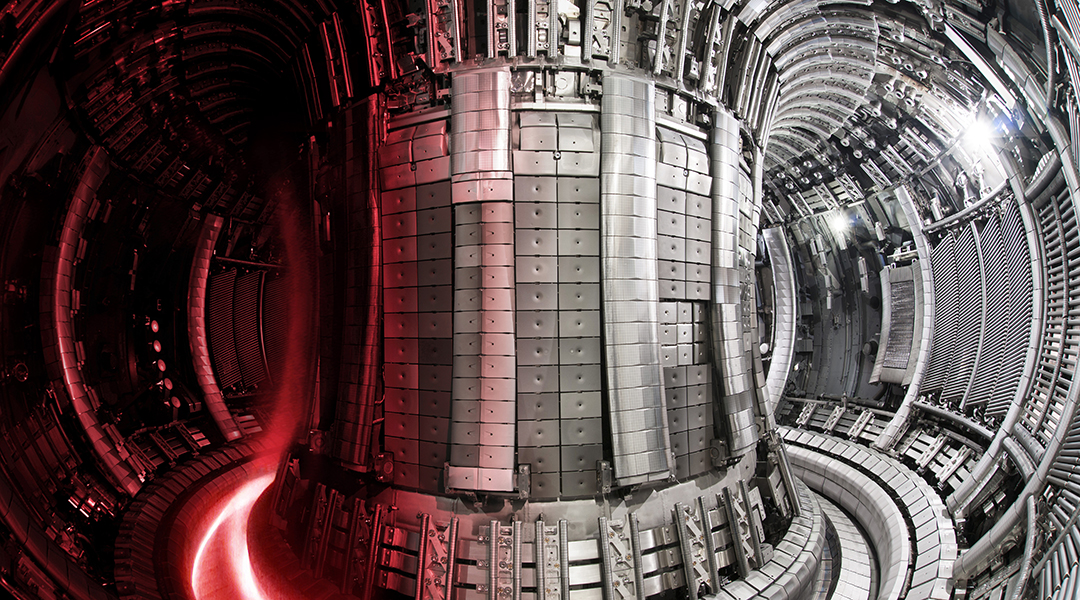
In a major breakthrough, scientists have demonstrated sustained nuclear fusion energy, providing hope for future large-scale projects.

Shifting away from fossil fuels to renewable energy products will not only help address harmful emissions, but unwanted chemical exposure.
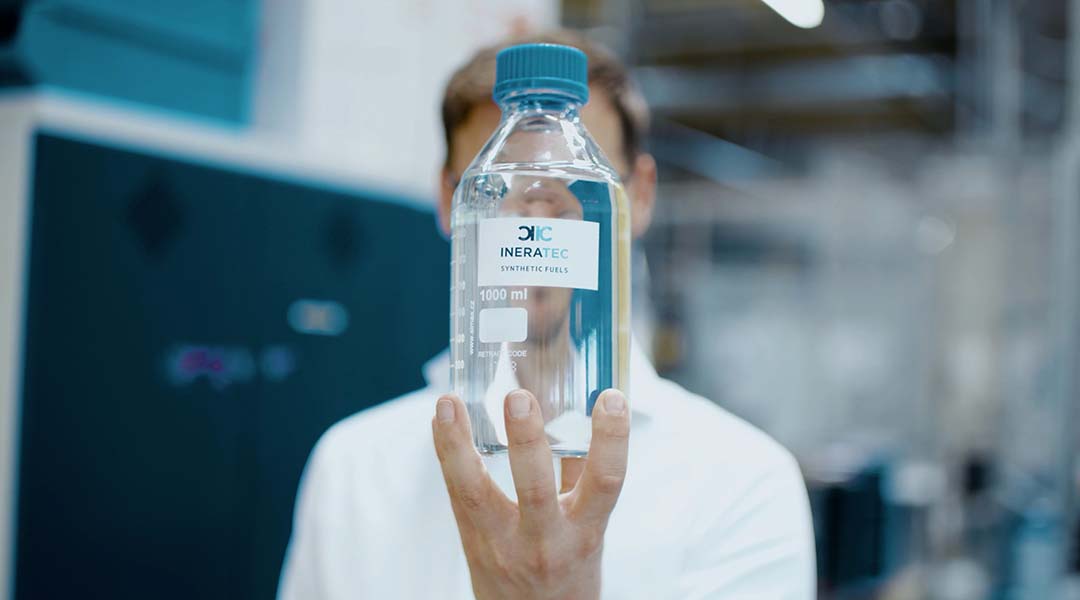
A German start-up has developed a method to convert captured carbon and hydrogen into a range of sustainable fuels.